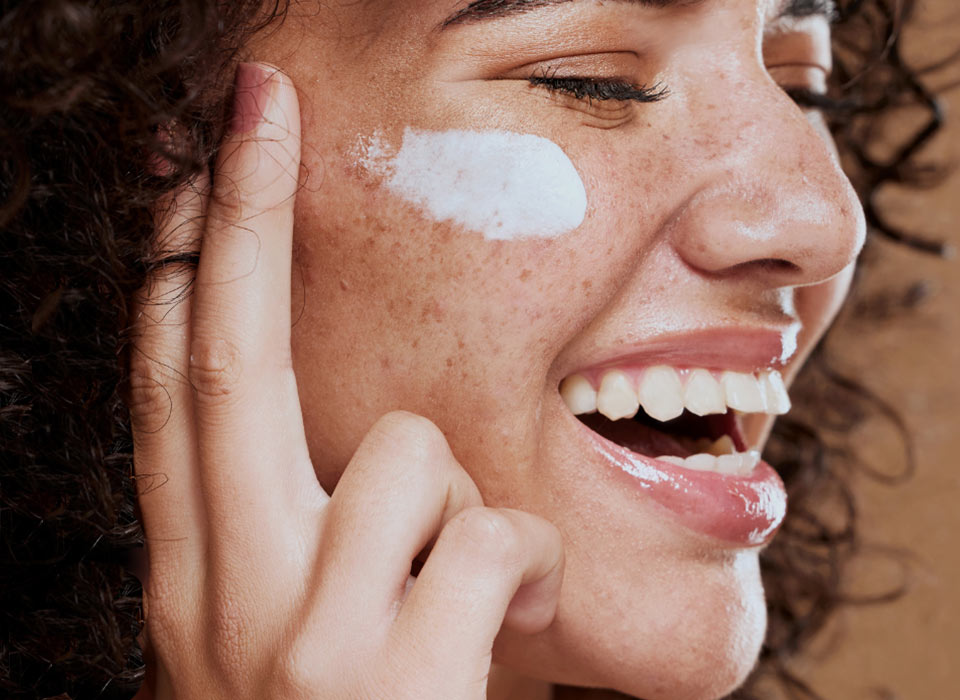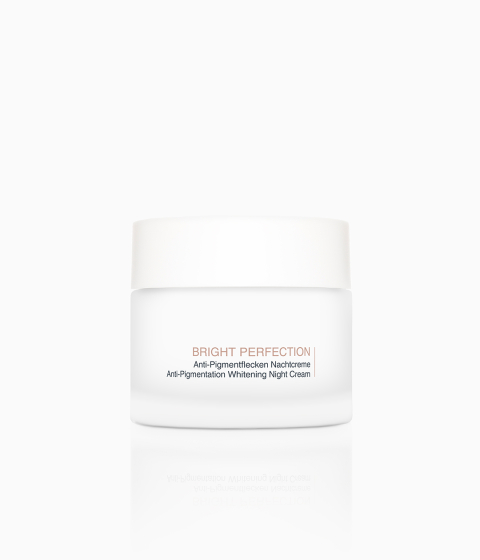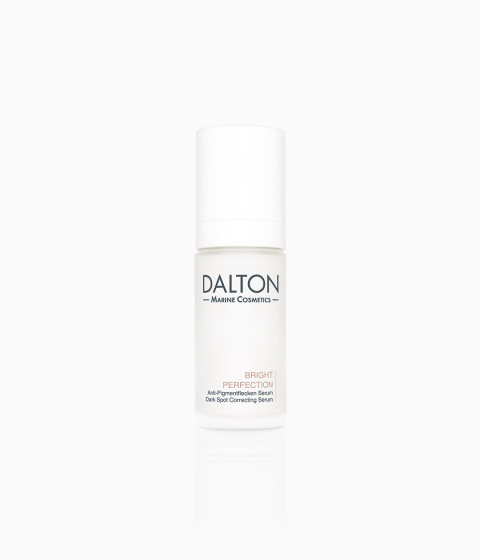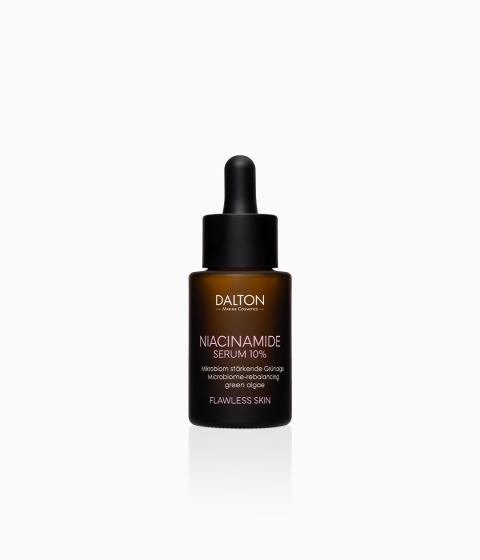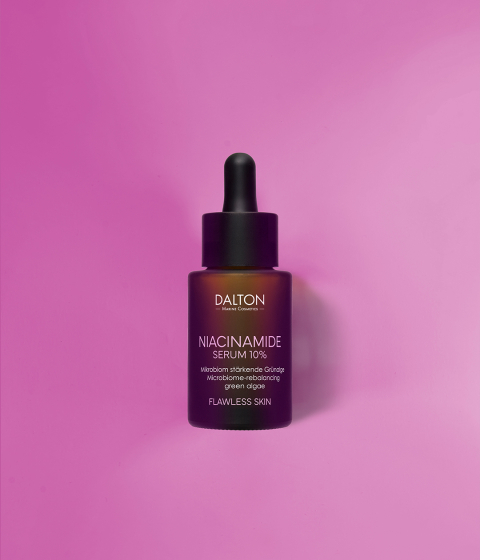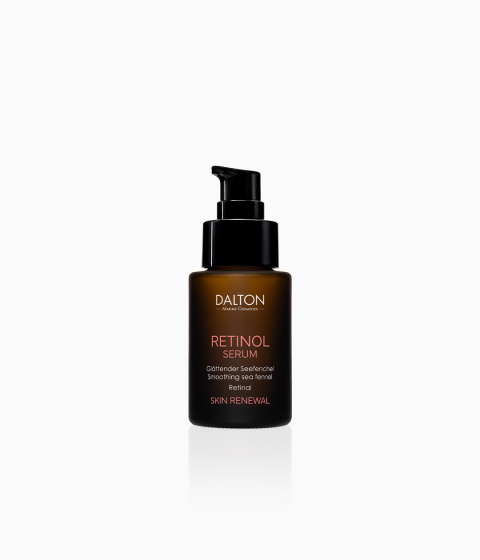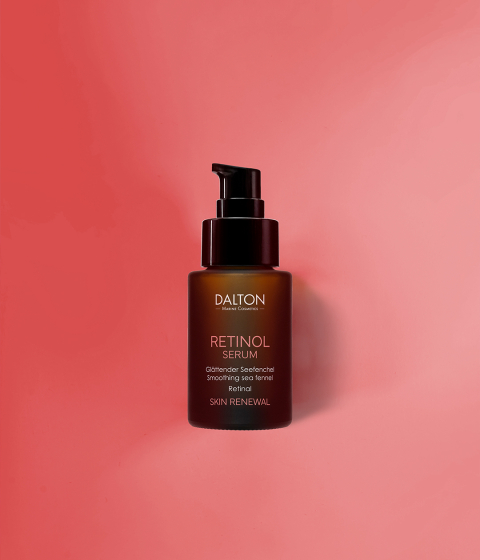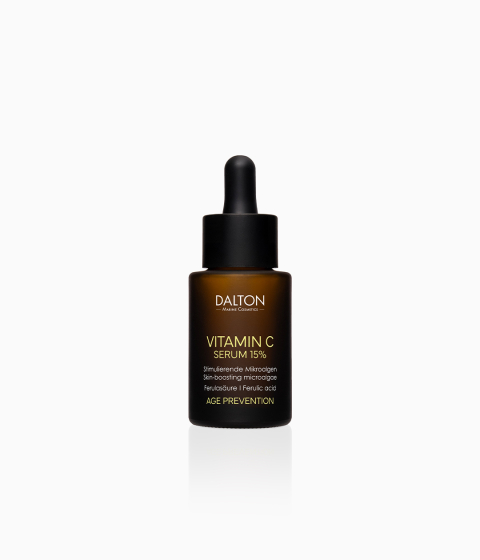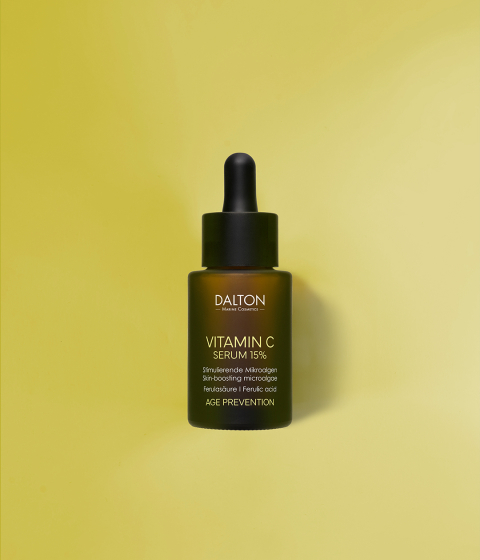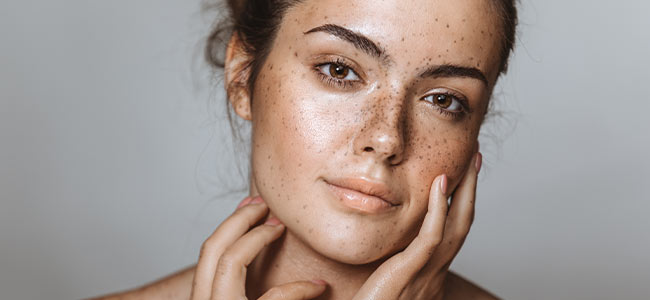

Melasma
What does it mean when the skin suddenly develops gray or brown patches during pregnancy? Melasma – this type of hormonal hyperpigmentation can become a challenge for many pregnant women. We want to talk about what causes it and what treatment options are available.
What Causes Melasma to Develop?
Hyperpigmentation can have several different causes. Along with a genetic predisposition, injuries or skin conditions like acne and eczema (post-inflammatory hyperpigmentation), UV light and medical reactions, hormonal changes belong to the most common triggers of skin discoloration. Melasma, or chloasma, is a skin disorder that is particularly common during pregnancy, which is why it is also called the “mask of pregnancy”.
The dark spots on the face and body result from a hyperactivity of melanocytes. Melanocytes are pigment-producing and color-making cells in the epidermis. The more melanin they produce, the darker the affected part of the body. Melasma is most common in young women of childbearing age, pregnant women or women taking hormonal contraceptives (birth control pill). In rare cases, men can also be affected by melasma.
When the hormones go crazy
Why is hyperpigmentation (typically on the face) such a common side effect of pregnancy? Pregnant women have elevated levels of estrogen and melanocyte-stimulating hormones. Research has shown that this is associated with increased melanin production and thus increased pigmentation and the appearance of dark patches on the skin.
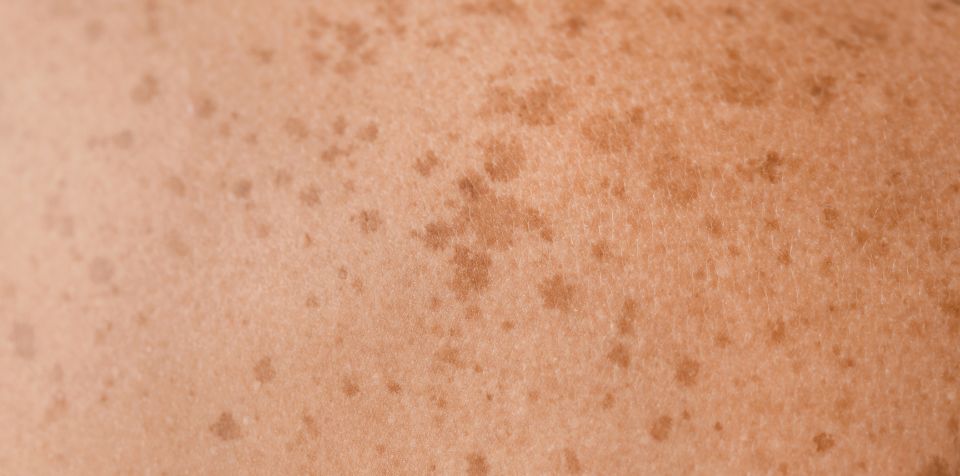



Are there different types of melasma?
1. Epidermal melasma affects the top layer of the skin - the epidermis. The patches are usually brown with well-defined borders.
2. Dermal melasma affects the deeper layers of the skin and is characterized by blue-gray patches.
3. Mixed melasma is a combination of both types. It presents as brownish-gray patches of discoloration.
Melasma Treatment
What are your best options to improve melasma? Other than medicated topical treatments, light-based and laser treatments, here’s what you can do:
1. Chemical peels: Chemical peels are suitable for many skin types and ideal for treating skin prone to dark spots and discoloration. They get of rid dead skin cells and, if used regularly, promote a smooth and even-toned complexion. There are gentle AHA, BHA and PHA exfoliants you can use at home, or you could book a treatment at your local aesthetician’s office. During pregnancy and breastfeeding, we recommend avoiding chemical peels. Please consult a medical specialist for any specific advice.
2. Skincare for hyperpigmentation: You can use special skin-lightening creams and serums to reduce the look of dark spots and pigmented areas. However: Pigmentation will not disappear over night. You have to use the products regularly for an extended period of time to see visible results. The BRIGHT PERFECTION Anti-Aging Night Cream and BRIGHT PERFECTION Dark Spot Correcting Serum target pigmentation issues and wrinkles at the same time. Ingredients like retinol or vitamin C can help prevent the formation of new spots, lighten existing age spots, and promote a more even skin tone.
Caution! Products containing retinol should not be used during pregnancy or while breastfeeding.
3. Sun protection: Excessive sun exposure does not only increase the risk of skin cancer, it can also lead to the appearance of dark spots and patches on your skin. That is because UV radiation triggers the production of melanin, which causes pigmented areas (such as melasma) to darken. Since the face is often the most exposed to the sun, melasma tends to appear most commonly on the cheeks, the nose and above the upper lip. That is why it is essential to use broad-spectrum sunscreens with a high SPF to protect the skin from UVA and UVB radiation. During pregnancy, we recommend using a mineral-based sunscreen. Tip: Just apply your sunscreen over your anti-pigmentation skincare products.
4. Professional cosmetic treatments: To get the best results, we recommend combining a good skincare routine at home with regular, professional anti-melasma treatments in your local beauty salon or aesthetician’s office.
SIMILAR POSTS
You Might Also Like

